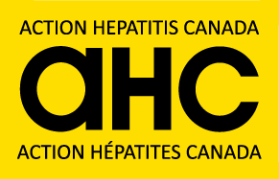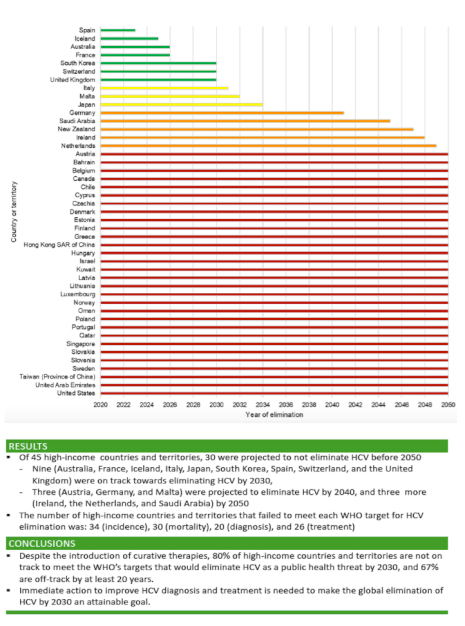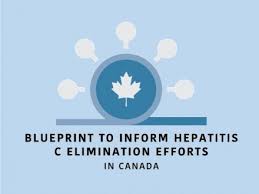Holding government accountable.
In May 2016, Canada signed on to the World Health Organization (WHO)’s first ever Global Viral Hepatitis Strategy, with the goal of eliminating viral hepatitis as a public health threat by 2030.
The WHO strategy includes specific reduction targets, and all countries were asked to develop a National Action Plan to meet these targets.
In July 2018, Health Canada published the pan-Canadian STBBI Framework for Action. While not a stand-alone National Action Plan for the elimination of viral hepatitis, this document does include the global WHO viral hepatitis targets.
The WHO strategy includes specific reduction targets, and all countries were asked to develop a National Action Plan to meet these targets.
In July 2018, Health Canada published the pan-Canadian STBBI Framework for Action. While not a stand-alone National Action Plan for the elimination of viral hepatitis, this document does include the global WHO viral hepatitis targets.
Current Status:
|
Provincial/Territorial Elimination PlansThe AHC calls for Provincial/Territorial Elimination Plans/ STBBI Implementation Plans to include scaled up prevention, diagnosis, and treatment and care strategies, to meet our international commitment to eliminate viral hepatitis as a public health threat by 2030.
Read more. |
The Federal Government's RoleIn Canada, healthcare falls mostly under provincial or territorial jurisdiction. However, the federal government does have an important role in policy and in some cases, health coverage: Indigenous people, those in federal prisons, and some newcomers - three of our priority populations - receive health coverage from the federal government.
AHC has 2 asks of our federal government as we hold them accountable to our 2030 elimination commitments. Read more. |
Elimination Blueprint as a Tool
|
The Blueprint to inform hepatitis C elimination efforts in Canada was developed by CanHepC, through a consultative process, to define what needs to be done to achieve hepatitis C virus (HCV) elimination in Canada. It’s a menu of options to help provinces and territories develop their own HCV action plans to ensure we meet the World Health Organisation HCV elimination targets.
The Blueprint is divided into four sections: Priority populations, Prevention, Testing and diagnosis, Care and treatment, each including key objectives for developing the infrastructure and tools needed to achieve targets. Each section includes Suggested activities with recommended Good practices that highlight evidence-based HCV interventions. Action Hepatitis Canada is pleased to have been involved in the creation of the Blueprint, and calls on governments to use it to orient their Implementation Plans toward elimination. |
2014-2016 |
We met with multiple Ministers and MPs requesting their support, published 4 position papers (Testing, Treatment Access, National Strategy, Pricing) which we shared with the Prime Minister and the Minister of Health, worked with journalists to bring attention to the hepatitis C policy issues, hosted meetings to create unified messaging among members and allies, offered tools and training for members to engage their elected officials, initiated a parliamentary e-petition as part of a World Hepatitis Day campaign, and led a postcard campaign targeting MPs.
|
2017 |
These efforts led to us being involved in the consultation process on the development of an integrated STBBI strategy. Recognizing that this was the direction the government was moving in and that a separate National Action Plan for hepatitis C was no longer a feasible ask, we worked to ensure that The Integrated STBBI Framework for Action would be elimination-oriented when it comes to hepatitis C. The draft was a high-level document that did not acknowledge the unique opportunities and challenges related to hepatitis C specifically, and included no targets, so we advocated with our many allies to have elimination targets included that are in line with our WHO commitments.
Also in this year, pricing dropped dramatically due to pCPA negotiations, and as a result, over 2017-2018, restrictions on formularies dropped, broadening treatment access. |
2018 |
In July 2018, the STBBI Framework for Action was released, with the approval of the Federal, Provincial, and Territorial Ministers of Health. Still, there is resistance to the creation of resourced implementation plans, and so far Prince Edward Island is the only province to commit to the creation of a hepatitis C elimination plan.
|







